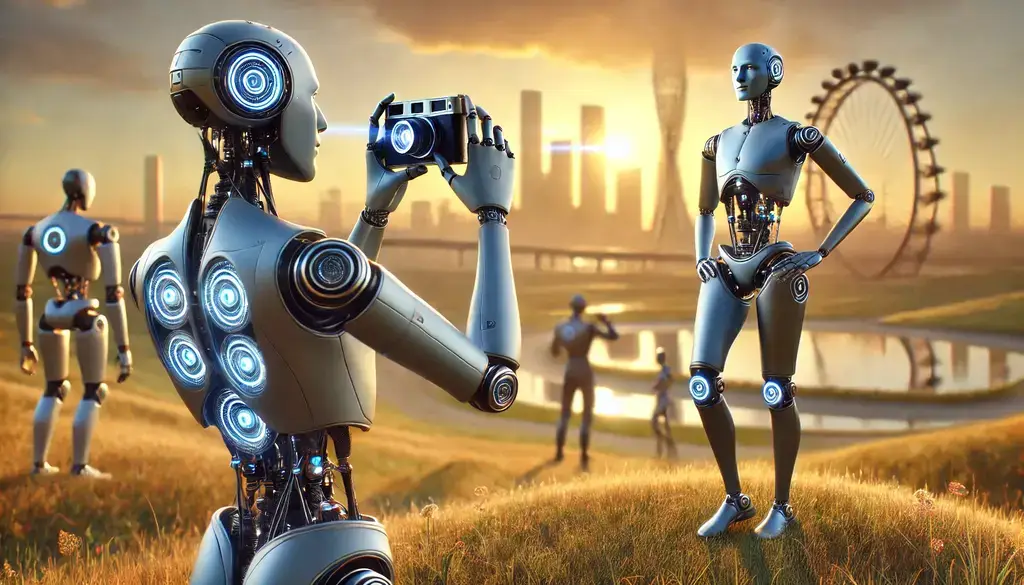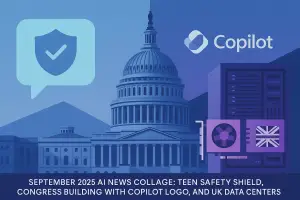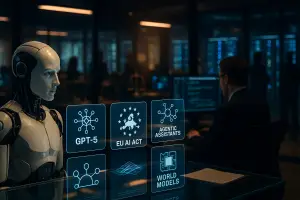AI in Photography Today
Artificial intelligence is revolutionizing photography in ways that were unimaginable a decade ago. From AI-powered cameras to advanced post-processing tools, photographers now have access to technology that automates complex tasks, enhances image quality, and even generates entirely new visuals.
AI-Powered Cameras and Editing Software
Modern smartphones and professional cameras integrate AI-driven features such as:
- Smart Composition and Scene Recognition: Cameras use AI to identify subjects and optimize settings automatically.
- Computational Photography: Techniques like Night Mode, HDR+ processing, and Super Resolution enhance image quality without manual intervention.
- AI Retouching and Enhancement: Tools such as Adobe Sensei, Luminar AI, and Topaz Labs leverage machine learning to improve lighting, sharpen images, and remove noise seamlessly.
These tools have drastically reduced the time and skill required to edit photos, allowing both amateurs and professionals to produce stunning images with minimal effort.
Generative AI and the Rise of AI-Created Images
The emergence of generative AI, such as OpenAI’s DALL·E, MidJourney, and Stable Diffusion, has blurred the lines between photography and digital art. AI-generated imagery can now rival real-world photography, raising questions about authenticity and the role of human photographers.
Impact on Visual Content Creation
- Stock Photography Disruption: Companies are incorporating AI-generated images into their libraries, reducing the demand for traditional photography.
- Advertising and Marketing: Brands use AI-generated visuals to create hyper-realistic product images and unique promotional content without costly photoshoots.
- AI-Assisted Portraiture: Tools like Facetune and Remini enhance and restore old photographs with AI-generated details.
How Photographers Are Adapting
With AI reshaping the photography industry, professionals are finding new ways to stay relevant. Some of the key strategies include:
- Emphasizing Authenticity: Human photographers highlight real-world imperfections and storytelling elements that AI struggles to replicate.
- AI-Integrated Workflows: Many photographers embrace AI as an assistant rather than a replacement, using it to refine images and automate tedious tasks.
- Education and Specialization: Learning advanced editing techniques and focusing on niche markets such as documentary photography, wedding photography, or fine art provides a competitive edge.
The Evolution of Stock Photography
Stock photography companies such as Getty Images and Shutterstock have had to adapt to AI-generated content. Some of the notable changes include:
- AI-Curated Search Engines: AI-powered tagging and categorization improve search results, making it easier for users to find relevant images.
- AI-Generated Image Licensing: Some platforms offer licenses for AI-created images while ensuring human artists are fairly compensated.
- Legal Considerations: Stock agencies have introduced policies regarding the use and attribution of AI-generated content to prevent legal and ethical concerns.
The Ethical and Legal Challenges
The rise of AI photography introduces several ethical and legal dilemmas:
- Copyright and Ownership: Determining the intellectual property rights of AI-generated images remains a gray area.
- Deepfakes and Misinformation: AI can create hyper-realistic but entirely fabricated images, raising concerns about manipulation.
- Job Displacement: The increasing use of AI threatens traditional photography jobs in some sectors.
Governments and industry leaders are working on regulations to address these challenges, ensuring fair use and transparency in AI-driven photography.

The Future of AI and Photography
The next decade will likely see even more integration of AI in photography. Future advancements may include:
- Real-Time AI Editing: Cameras that apply AI-enhanced edits instantly during capture.
- AI-Powered Interactive Visuals: Images that can be adjusted dynamically based on viewer interaction.
- Ethical AI Standards: Industry-wide guidelines to balance AI innovation with human artistry.
Final Thoughts
AI is undoubtedly changing photography, offering exciting opportunities while also posing challenges for traditional photographers and stock image providers. The key to thriving in this new landscape is adaptation—embracing AI as a tool rather than a threat.
Freaky Fact
Did you know that some AI-generated images are now winning photography contests—despite not being taken with a camera? This has sparked debates about whether AI art should compete against traditional photography in exhibitions and awards.
References (Non-Paywalled Sources)
AI-powered photography is not just a trend—it’s a fundamental shift in how we create and consume images. Whether you’re a professional photographer or an enthusiast, understanding AI’s role in photography will be essential for staying ahead in the digital age.


